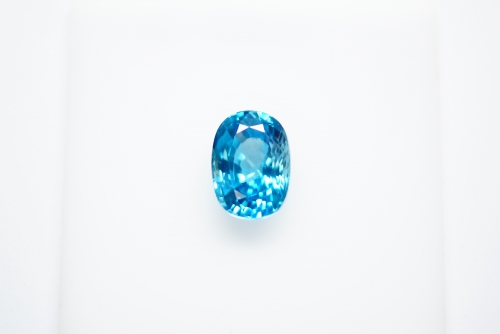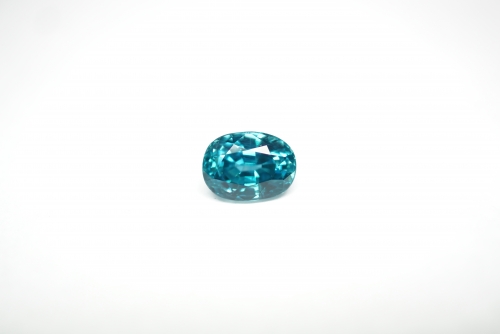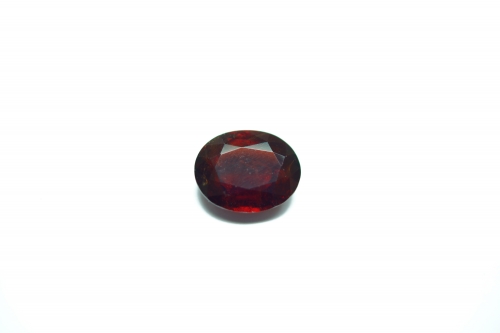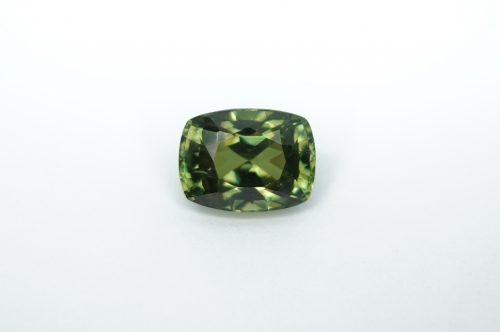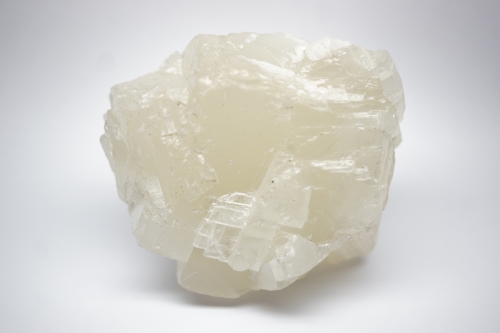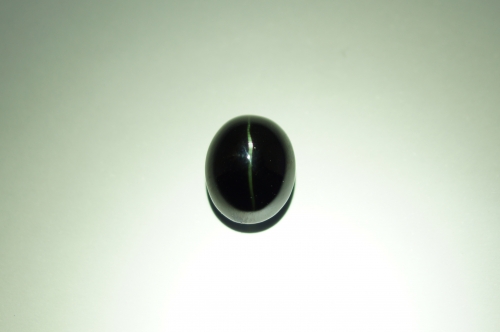Properties
- Mineral: Zircon
- Chemistry: ZrSiO4
- Colour: Blue, red, yellow, orange, brown, green
- Refractive index: High: 1.925 to 1.984 (+/- 0.040)
Medium: 1.875 to 1.905 (+/- 0.030)
Low: 1.810 to 1.815 (+/-0.030)
- Birefringence: 0.000 to 0.059 (low to high)
- Specific gravity: 3.90 to 4.73
- Mohs Hardness: 6 to 7.5 (low to high)
About Zircon
Zircon is a naturally occurring gemstone. However because of the similarity of its name it has always been confused with the lab created diamond simulant called cubic zirconia (CZ). A beautiful gemstone in its own right zircon has gained popularity over the years.

